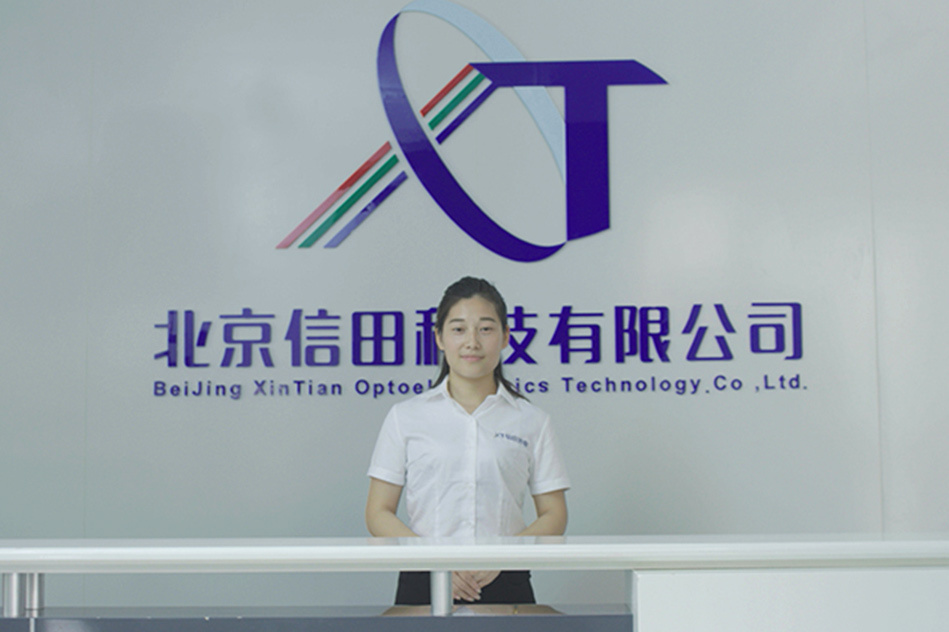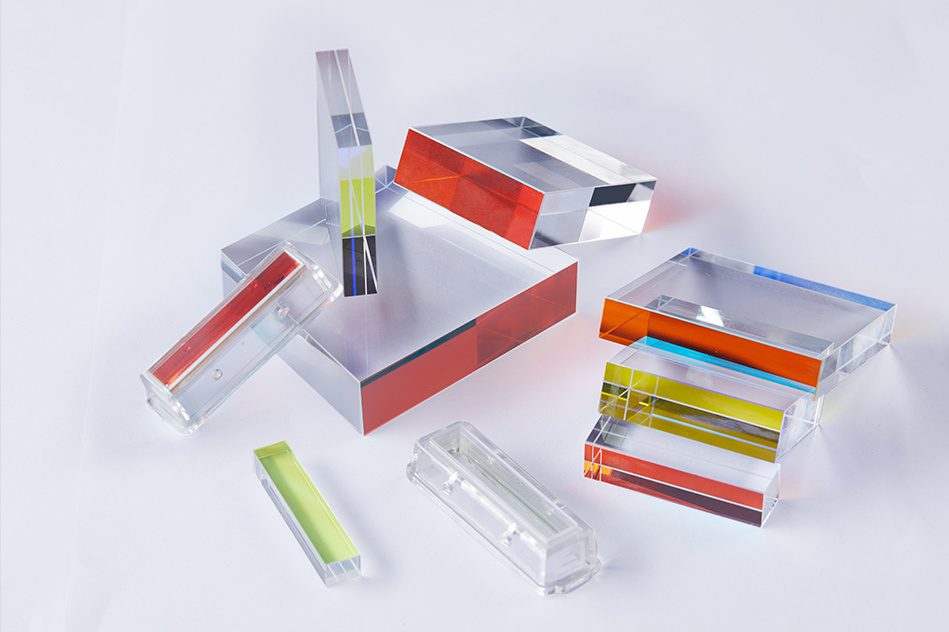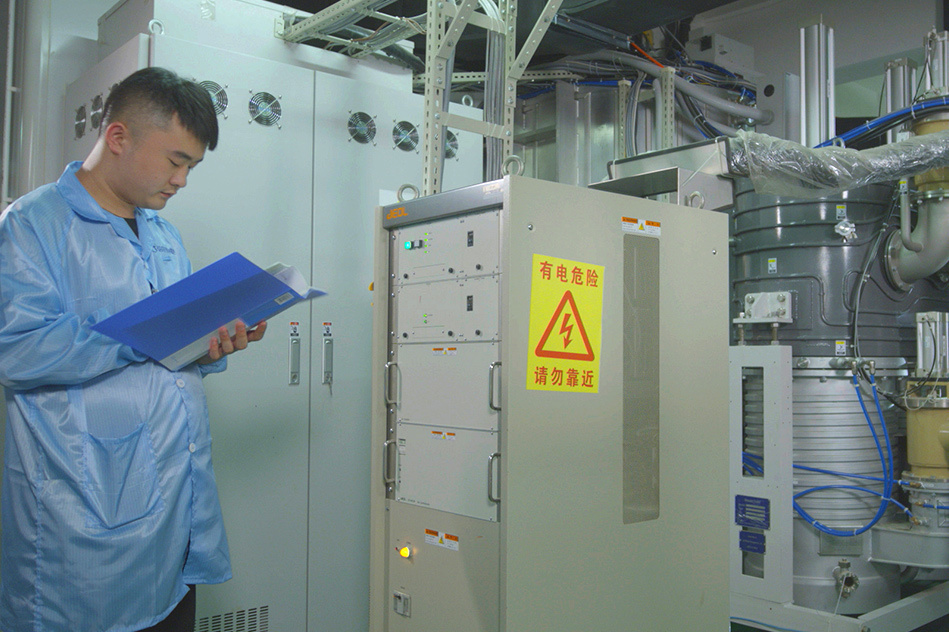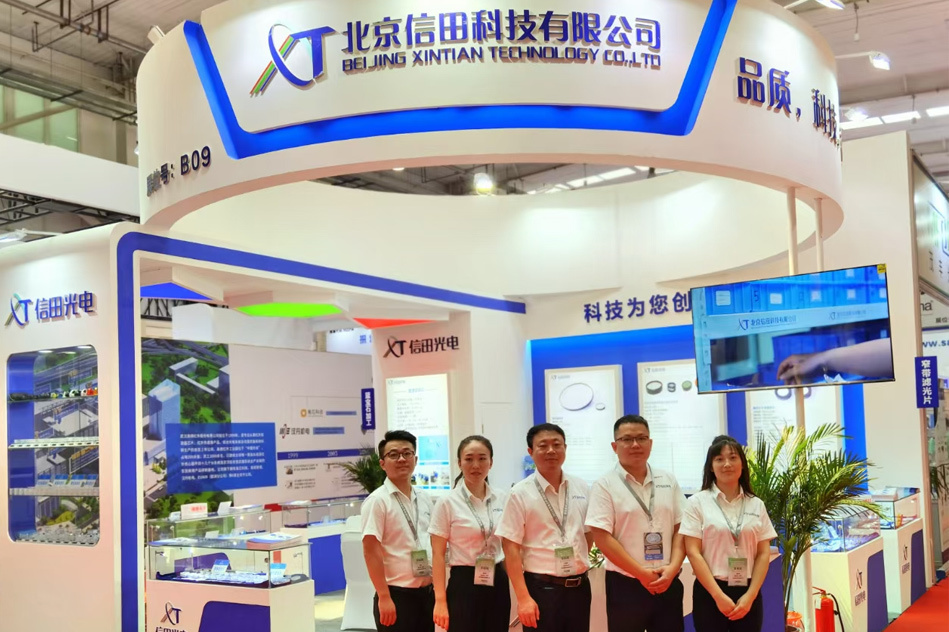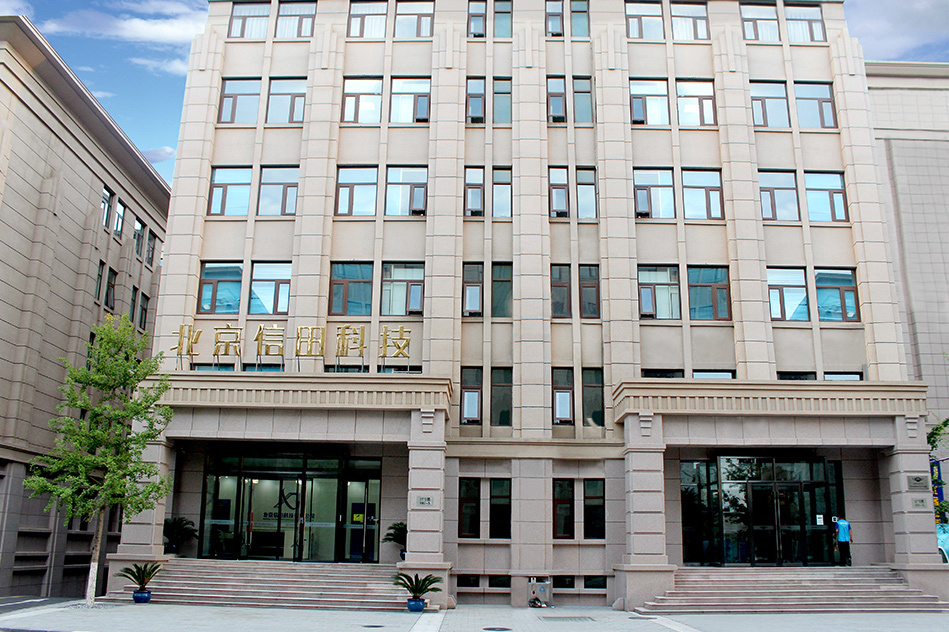Semiconductor lasers rely on injected carriers to work, and laser emission must have three basic conditions:
Release time:
2022-01-10
Source:
Source
The working principle of the semiconductor laser is the excitation mode, the use of semiconductor material (that is, the use of electrons) in the band transition light, with the cleavage of the semiconductor crystal surface to form two parallel reflection mirror as a mirror, the composition of the resonant cavity, so that light oscillation, feedback, produce light radiation amplification, output laser. Semiconductor laser advantages: small size, light weight, reliable operation, low power consumption, high efficiency.
Semiconductor lasers rely on injected carriers to work, and laser emission must have three basic conditions:
(1) To produce a sufficient population inversion distribution, that is, the number of particles in the high energy state is sufficiently greater than the number of particles in the low energy state;
(2) there is a suitable resonant cavity can play a feedback role, so that the stimulated radiation photon proliferation, resulting in laser oscillation;
(3) A certain threshold condition must be met so that the photon gain is equal to or greater than the loss of photons.
The working principle of the semiconductor laser is the excitation mode, the use of semiconductor material (that is, the use of electrons) in the band transition light, with the cleavage of the semiconductor crystal surface to form two parallel reflection mirror as a mirror, the composition of the resonant cavity, so that light oscillation, feedback, produce light radiation amplification, output laser.
Semiconductor laser advantages: small size, light weight, reliable operation, low power consumption, high efficiency.
Key words:
Recommended News
Beijing Xintian Technology Co., Ltd
Address: 102A, Building 27, Yard 2, Huanke Middle Road, U Valley, Liandong, Jinqiao Industrial Base, Tongzhou District, Beijing
Telephone : 0086-10-81314835/57323722
0086 182 1070 6870 (English)
WhatsAPP : 0086 182 1070 6870
Wechat ID : 0086 182 1070 6870
Fax : 86-10-57323723
E-mail : sales@xt-optic.com
wangdi@xintian-tech.com
Contact person : Mr.WangDi

Scan code attention to us
Copyright©Beijing Xintian Technology Co., Ltd

